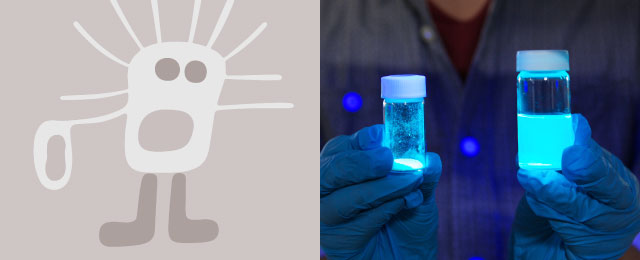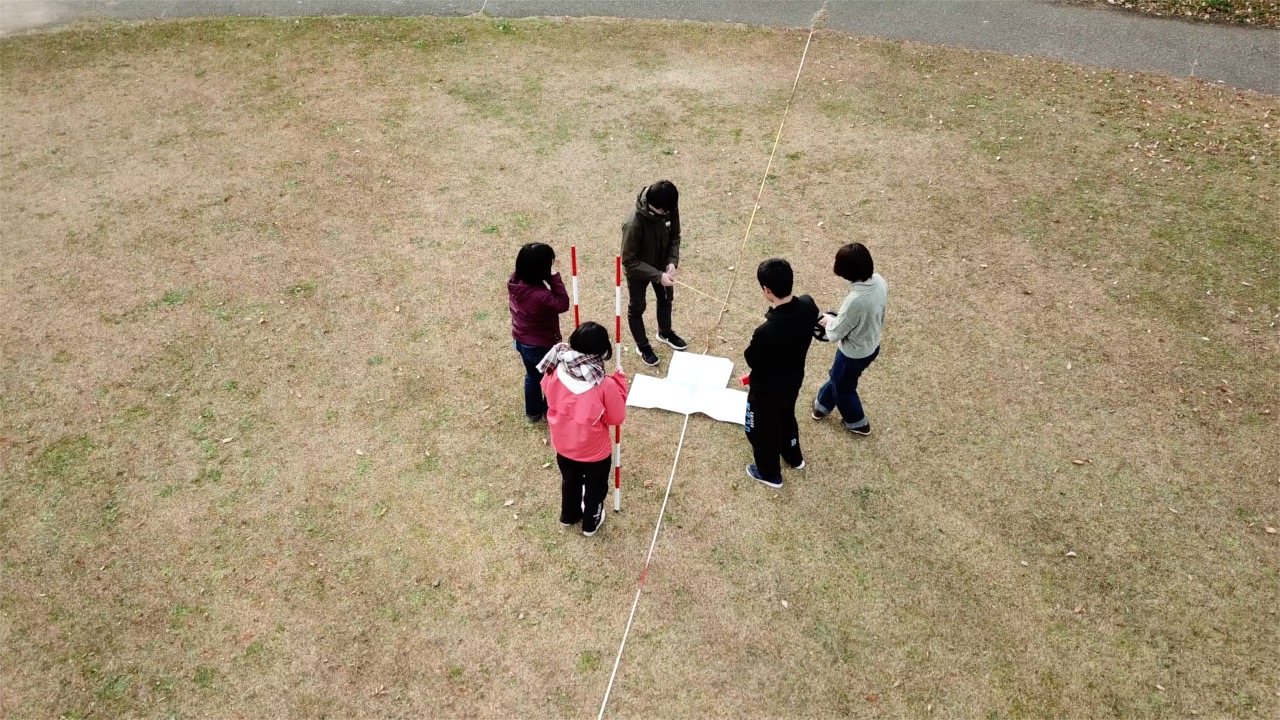







Home > Research > Research Overview > 2021 > Faculty of Science
Associate Professor of Volcanology and Geophysics
TSUNEMATSU Kae

I am working to reveal the mechanism behind volcanic eruptions, develop numerical models based on that mechanism and perform numerical simulations. If we can predict what area will be affected by eruption phenomena using numerical simulations, we can produce an accurate hazard map and know when and where to evacuate to.

Particularly, I am focusing on the transport of ballistic blocks which are ejected during an eruption, and gravity currents such as pyroclastic flows and lahars (mud and debris flows occurring on volcanoes). As both phenomena are high-speed and highly destructive, they are extremely dangerous, thus, countermeasures against such phenomena are required. We investigate the ejecta of past eruptions in the field, carry out experiments simulating eruption phenomena, and observe real eruptions.
In order to determine the relevant data related to ballistic blocks, we conducted our research to estimate the landing speed of blocks ejected during the 2014 Mt. Ontake eruption, which caused many human casualties. We also studied the Sakurajima eruption that occurred last year to estimate the landing speed and energy of the blocks that were ejected during that eruption.

We had our students study the distribution of blocks from the 1895 Zao eruption on site and estimate the ejection speed based on the distribution of blocks. Lahars are known as a phenomenon that occurs during and after an eruption, and flows vigorously down the slope. We discovered that lahars have occurred many times around the Zao volcano through geological field observations. Now, I am conducting a research project to develop a numerical model that expresses the characteristics of a lahar.